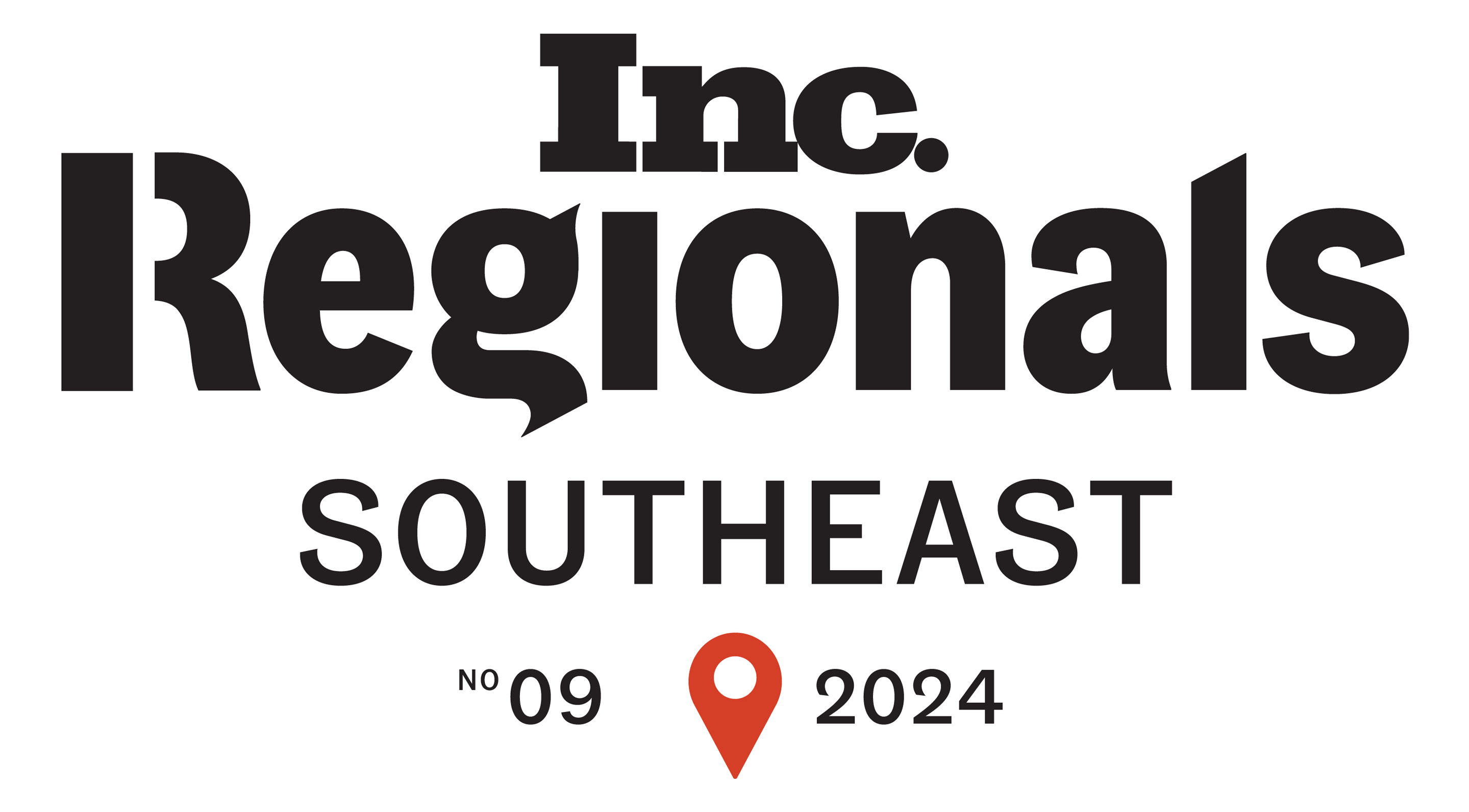Every manufacturer and OEM (original equipment manufacturer) understands the importance of efficient warranty management. It's a crucial aspect of customer service, ensuring that product issues are addressed promptly and consumer satisfaction remains high. However, traditional methods of handling warranties can be time-consuming, error-prone, and costly.
That's where process automation comes into play. By leveraging cutting-edge technologies, manufacturers and OEMs can streamline their warranty management processes, boost efficiency, and enhance the overall customer experience. In this article, we'll explore how automation tools are revolutionizing warranty management, and how you can harness their power to gain a competitive edge.
Understanding the Basics of Warranty Management
Before diving into the world of automation, let's familiarize ourselves with the key elements of warranty management. At its core, warranty management involves processing customer claims for repairs or replacements of defective products covered by warranties. It also entails monitoring warranty costs, ensuring customer satisfaction, and tracking repairs and replacements accurately.
The primary goals of effective warranty management are:
- Reducing Warranty Claims: By identifying and addressing common product issues, manufacturers can minimize the number of warranty claims, reducing the overall burden on their resources.
- Streamlining the Claim Process: A smooth and efficient claim process leads to faster resolutions, minimizing customer frustration and downtime.
- Accurate Tracking: Maintaining detailed records of repairs, replacements, and associated costs is crucial for data analysis and continuous improvement.
- Cost Management: Effective warranty management helps control expenses related to warranty services, protecting a company's bottom line.
Process automation plays a pivotal role in achieving these goals by automating repetitive tasks, reducing human errors, and providing valuable insights through data analysis.

The Benefits of Automating Warranty Management
Implementing automation tools in warranty management processes can yield numerous benefits for manufacturers and OEMs. Here are some key advantages:
Boosting Efficiency and Productivity
Automated systems can rapidly process warranty claims, track the status of repairs, and manage replacements. By reducing the time and effort required for manual handling, companies can significantly improve their overall efficiency and productivity.
Key efficiency gains include:
- Speedy Claim Processing: Automated tools can handle claims faster than human counterparts, minimizing the lag between claim submission and resolution.
- Reduced Human Errors: Automation eliminates common manual errors, such as incorrect data entry or misplaced paperwork, ensuring a higher level of accuracy.
- 24/7 Availability: Automated systems can operate around the clock, processing customer queries and claims even outside of regular business hours.
Enhancing Customer Satisfaction
A smooth and quick warranty process is key to keeping customers happy. Automation tools facilitate real-time updates and faster claim resolutions, boosting customer trust and loyalty.
- Transparency and Real-Time Updates: Customers can easily track the status of their warranty claims through online portals, enhancing transparency and communication.
- Quick Resolutions: Faster processing times mean issues are resolved more quickly, minimizing customer frustration and downtime.
- Consistent Communication: Automated systems can send regular updates to customers about their claim status, ensuring they are kept informed throughout the process.
Effective Cost Management
By automating warranty management processes, manufacturers and OEMs can better control and reduce associated costs. Automated systems provide valuable insights and tools for cost management, including:
- Cost Tracking: Detailed reports highlight where money is being spent, helping companies identify areas of waste and inefficiency.
- Root Cause Analysis: By analyzing warranty data, companies can pinpoint common issues and take corrective actions, reducing future warranty claims.
- Overall Cost Reduction: Streamlined processes and fewer errors ultimately lead to reduced costs associated with managing warranties.
Data-Driven Insights and Continuous Improvement
One of the most significant advantages of automation tools is their ability to generate valuable insights from warranty data. These insights can drive continuous improvement in product quality and overall warranty management processes.
- Identifying Trends: By analyzing historical data, companies can identify recurring issues with specific products or components, enabling proactive measures.
- Improving Product Quality: Insights gained from warranty data can inform design and manufacturing process improvements, leading to better product quality and fewer warranty claims.
- Predictive Analytics: Advanced analytics can forecast potential warranty claims, allowing companies to take proactive measures and address issues before they arise.
The Role of Warranty Management Systems
At the heart of automating warranty management processes lies a robust warranty management system. These systems integrate various aspects of warranty management into a single platform, enabling seamless operation and efficient management.
Key Features of Warranty Management Systems
- Claim Management: Allows customers to submit claims online, track their status, and receive real-time updates.
- Repair Tracking: Monitors the status of repairs, ensuring that all necessary actions are completed on time and accurately.
- Replacement Management: Handles the process of replacing defective products, tracking inventory, and ensuring timely delivery.
- Data Analytics: Provides insights into warranty trends, common issues, and overall performance through data visualization and reporting tools.
- Integration: Integrates with other business systems, such as ERP and CRM, ensuring seamless data flow and communication across the organization.
How Warranty Management Systems Work
Warranty management systems streamline the entire warranty lifecycle, from initial claim submission to final resolution. Here's a typical workflow:
- Claim Submission: Customers submit warranty claims through an online portal. The system records the claim details and assigns a unique tracking number.
- Claim Verification: The system analyzes the claim data to check for validity, ensuring the product is within the warranty period and the issue is covered.
- Claim Processing: Upon verification, the system forwards the claim to the relevant department for further action, such as repair or replacement.
- Repair or Replacement: The system tracks the status of repairs or replacements, ensuring all necessary steps are followed, and updates the customer on progress.
- Resolution and Feedback: Once the issue is resolved, the system closes the claim and may request feedback from the customer to improve future services.
Choosing the Right Automation Tools
When selecting automation tools for warranty management, it's essential to consider several factors to ensure they meet your specific business needs.
Factors to Consider
- Ease of Use: The system should be user-friendly, with an intuitive interface that employees can quickly learn to use.
- Scalability: Ensure the system can handle an increasing volume of claims as your business grows.
- Integration Capabilities: The tool should seamlessly integrate with existing business systems to ensure smooth operation.
- Customer Support: Reliable customer support is essential to address any issues that may arise with the system.
- Cost: Consider the cost of the system, including setup and maintenance fees, to ensure it fits within your budget.
Popular Automation Tools
- Robotic Process Automation (RPA): RPA uses software robots to automate repetitive tasks, such as data entry and claim processing.
- Business Process Automation (BPA): BPA focuses on automating broader business processes, improving overall efficiency and accuracy.
- Digital Process Automation (DPA): DPA combines automation with advanced data analytics to provide deeper insights and enhance decision-making.
Implementing Automation Tools
Implementing automation tools requires careful planning and execution to ensure a smooth transition and maximum benefits.
- Assess Current Processes: Evaluate existing warranty management processes to identify inefficiencies and areas that can be automated.
- Set Clear Goals: Define what you aim to achieve with automation, such as reducing claim processing times or improving customer satisfaction.
- Choose the Right Tools: Select tools that best fit your needs and goals, considering factors like ease of use, scalability, and integration capabilities.
- Train Employees: Provide comprehensive training to employees to ensure they can use the new system effectively.
- Monitor and Adjust: Continuously monitor the system's performance and make necessary adjustments to optimize its effectiveness.
Overcoming Common Challenges
While automation offers numerous benefits, it's not without challenges. Understanding these challenges and how to overcome them is crucial for successful implementation.
Challenges in Automating Warranty Management
- Initial Setup Costs: Implementing automation tools can require a significant initial investment, including purchasing the software and training employees.
- Resistance to Change: Employees may be resistant to adopting new technologies, especially if they're accustomed to manual processes.
- Integration Issues: Integrating new automation tools with existing systems can be complex and time-consuming.
- Data Security Concerns: Ensuring the security of sensitive customer and warranty data is essential to prevent breaches and maintain trust.
Overcoming These Challenges
- Cost Management: Start with a pilot program to demonstrate the benefits of automation, securing buy-in from stakeholders. Gradually scale up as budget allows.
- Employee Involvement: Involve employees in the planning and implementation process, addressing their concerns and providing adequate training and support.
- Integration Planning: Work with experienced vendors who can ensure seamless integration with existing systems, minimizing disruptions.
- Data Security Measures: Implement robust security protocols and ensure compliance with industry standards to protect sensitive data.

Future Trends in Warranty Management Automation
As technology continues to evolve, new trends and advancements are emerging in warranty management automation. Keeping an eye on these trends can help manufacturers and OEMs stay ahead of the curve.
Advanced Analytics and AI
Artificial intelligence (AI) and advanced analytics are playing an increasingly important role in warranty management. These technologies can analyze vast amounts of data to identify patterns and predict future issues.
- Predictive Analytics: AI can predict potential warranty claims, allowing companies to take proactive measures to address issues before they arise.
- Improved Decision-Making: Advanced analytics provide deeper insights into warranty data, helping companies make informed decisions to improve processes and product quality.
Blockchain Technology
Blockchain technology offers enhanced security and transparency, making it an ideal solution for warranty management.
- Secure Data Handling: Blockchain ensures data integrity by creating an immutable ledger of all warranty transactions.
- Enhanced Transparency: Customers and stakeholders can easily verify the authenticity of warranty claims and transactions, increasing trust.
Internet of Things (IoT)
The Internet of Things (IoT) is revolutionizing many industries, and warranty management is no exception. IoT devices can provide real-time data on product performance, helping to identify issues early.
- Real-Time Monitoring: IoT devices can monitor product performance in real-time, identifying potential issues before they lead to warranty claims.
- Predictive Maintenance: IoT data can predict when maintenance is needed, reducing the likelihood of warranty claims and improving product longevity.
Best Practices for Successful Warranty Management
Following best practices can help ensure the successful management of warranties, maximizing the benefits of automation tools and improving overall efficiency.
Centralize Warranty Management
Centralizing warranty management processes allows for better control, monitoring, and coordination of all warranty-related activities.
- Unified Platform: Use a single platform to manage all warranty processes, ensuring consistency and accuracy.
- Centralized Data: Keep all warranty data in one place to facilitate easy access, analysis, and reporting.
Standardize Processes
Standardizing warranty management processes ensures consistency in how claims are handled, reducing errors and improving efficiency.
- Clear Procedures: Define clear, standardized procedures for all warranty-related activities, from claim submission to resolution.
- Employee Training: Train employees on standardized procedures to ensure consistency in how they handle claims and other warranty processes.
Focus on Customer Experience
Prioritizing customer experience in warranty management can lead to higher customer satisfaction and loyalty.
- Transparent Communication: Keep customers informed throughout the warranty process, providing regular updates and clear communication.
- Quick Resolutions: Aim to resolve warranty claims quickly and fairly, minimizing downtime and inconvenience for customers.
Leverage Data for Continuous Improvement
Regularly analyze warranty data to identify trends, measure performance, and continuously improve processes and product quality.
- Regular Reporting: Generate regular reports on warranty performance, identifying areas for improvement.
- Continuous Improvement: Use data insights to implement continuous improvements, enhancing product quality and reducing warranty claims.
Case for Automation in Warranty Management
Employing automation tools in warranty management is no longer optional but a necessity for manufacturers and OEMs looking to stay competitive. Automation helps streamline processes, improve efficiency, and enhance customer satisfaction, ultimately leading to better business outcomes.
Key Takeaways
- Enhanced Efficiency: Automation speeds up the warranty management process, reducing claim processing times and minimizing human errors.
- Improved Customer Satisfaction: Faster claim resolutions and transparent communication lead to higher customer satisfaction and loyalty.
- Cost Savings: Automated systems help control and reduce warranty-related costs, improving profitability.
- Data-Driven Insights: Advanced analytics provide valuable insights into warranty trends and performance, helping to improve processes and product quality.
Getting Started with Automation
If you're considering implementing automation tools in your warranty management processes, start by assessing your current processes and setting clear goals. Choose tools that fit your needs, provide adequate training to employees, and continuously monitor and optimize system performance to maximize benefits.
Remember, implementing process automation is a journey, and incremental improvements can yield significant long-term benefits. Start small, demonstrate the value, and gradually scale up to fully integrate automation into your warranty management processes. This approach will help you realize the many advantages of automation while maintaining control and ensuring a smooth transition.
Next Steps
Ready to turn your warranties into a customer loyalty goldmine?
Don't let warranty management be an afterthought. Embrace it as a powerful opportunity to build trust, showcase your values, and create customers for life.
And if you want to take your warranty game to the next level, it's time to learn more about OnPoint Warranty.
OnPoint Warranty is your secret weapon for transforming warranties from a necessary evil into a competitive advantage. With their cutting-edge platform and expert support, you can:
- Streamline your claims process for maximum efficiency and customer satisfaction
- Offer extended warranties that delight customers and differentiate your brand
- Leverage warranty data for personalized, proactive customer engagement
- And much more
If you're serious about building customer loyalty that lasts, you can't afford to ignore the power of warranties. And you can't afford to settle for anything less than the best in warranty management.
So what are you waiting for? Give us a shout today and learn how we can help you turn warranties into a customer loyalty goldmine. Your customers (and your bottom line) will thank you.








